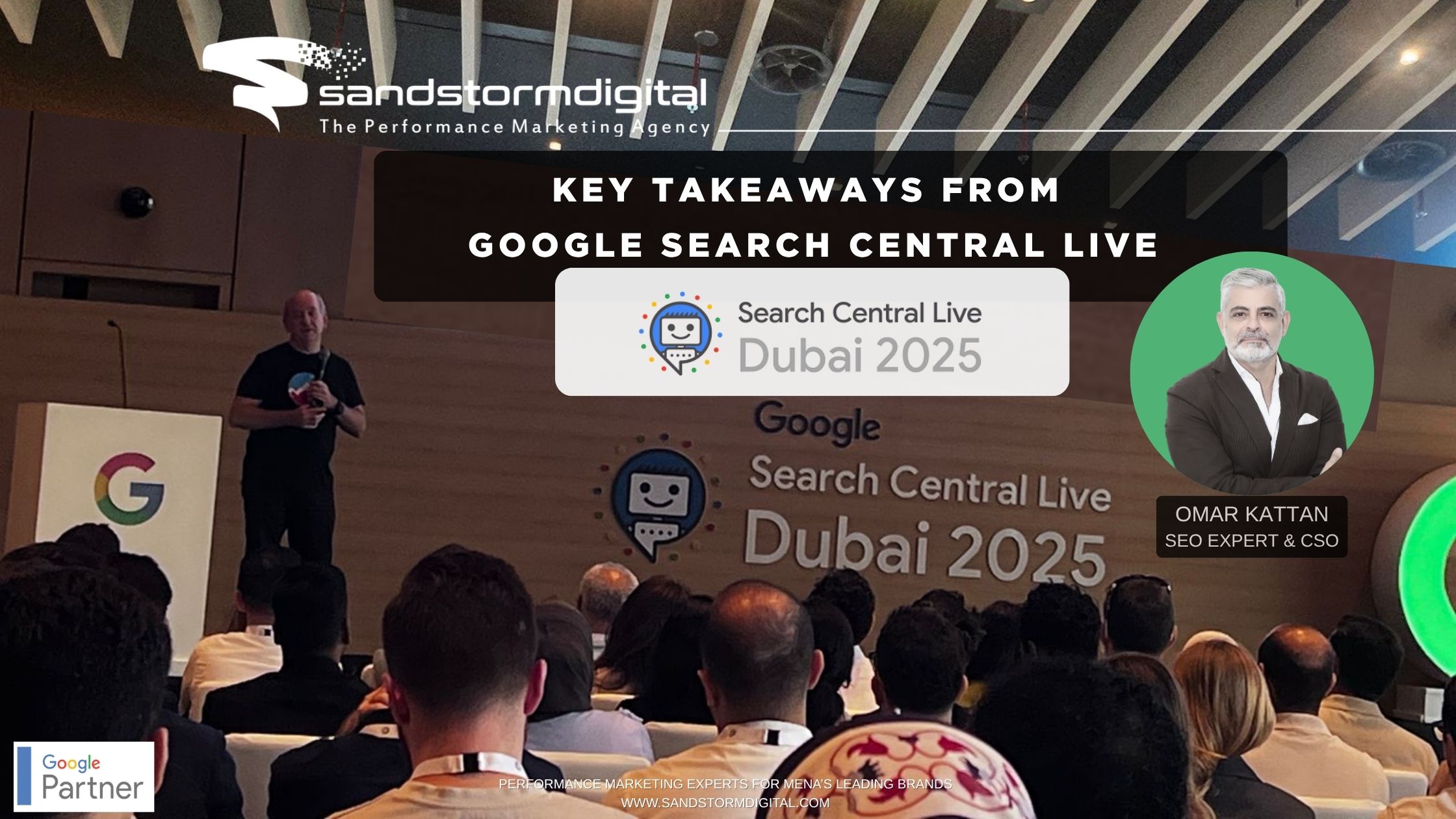Human beings love convenience. And now, thanks to the rise of voice search, mobile users can get their needs satisfied faster than ever. Whether it’s getting an address or ordering take-out food from the nearest Chinese restaurant, voice assistants like Siri, Google Assistant, or Alexa allow people to get exactly what they need, when they need it.
Small businesses looking for opportunities to grow should optimize for voice queries, as these tend to be locally-based and have a high buying-intent. Furthermore, according to Google, voice search represents 40 percent of all Google queries and its importance only will keep growing in the following years.
However, voice search differs a lot from traditional keyboard-based searches. So, to make the switch easier for you, here are 10 ways you can make your website super visible for voice searches.
1. Optimize for long-tail keywords
Voice searches are typically made using long-tail keywords. Unlike their short-tail cousins, long-tail keywords are complete sentences, usually in the form of a question, which closely resembles natural language. By mimicking the way people speak on a daily basis, long-tail keywords allow users to interact with their voice assistants by talking to them like they would to a friend.
Long-tail keywords represent 70 percent of global searches and as much as 40 percent of those done using mobile devices have local intent. You can potentially multiply the number of leads, phone calls, and sales your company gets if your page is the best answer to the query. So make sure you use Google Autocomplete and People Also Ask to form the best list of long-tail keywords possible.
2. List your company on the major business directories
Building a presence on business listings is essential to get ranked on voice searches. Unlike regular searches, voice queries have a high buying intent. Users expect to see your business’s full NAP (name, address, and phone) info displayed visibly so that they can give you a call or drop by if they like what they see.
Despite the importance that business listings have for companies, more than $10.3 billion are lost every year due to missing or inaccurate listings. You can avoid becoming part of this statistic by claiming and updating your Google My Business listing, completing your listings on other major online directories, and making sure that all of your business’s citations show the same NAP data.
3. Target the Google Local 3-Pack
Google’s Local Pack is a 3-items list that shows the businesses which are most relevant to a query. Each business on the list gets to display its full NAP information, its location in Google Maps, and a list of reviews from users who’ve used its products or services.
The added visibility and contact information means that businesses listed on the 3-Pack have a decisive edge over the other results. However, this advantage is magnified in voice search results, as mobile devices only show three results and voice assistants will often read only the top search result. So, make sure you give impeccable customer service and keep your business’s listings updated to make it to the top of the 3-Pack.
4. Speed up your website
Mobile voice search users are looking for results on-the-fly. They don’t want to read a wall of text or look at beautiful pictures; they just want to get their questions answered ASAP, which means that any delay on your page’s loading time might turn them off your website altogether.
Experts recommend that pages should load in 3 seconds or less since this is the amount of time most users are willing to wait while a page loads before quitting. And it’s not just the users, because Google’s new “speed update” has added page speed to list of factors that its algorithm considers when ranking mobile searches.
5. Use structured data markup
Using structured data can help bots understand what every character and symbol in your page means, as well as its relevance to a specific query.
Google has also launched a new markup called Speakable, which is designed to point out which parts in a page are meant to be read by voice assistants. Although Speakable is still in its beta phase, there is a testing version you can use to learn the ropes and see if your pages are compatible to use these tags.
6. Be as helpful as you can be
According to polls, 41 percent of mobile users say using voice search feels like talking to a friend. These users make their online searches by asking questions that often take the form of long-tail keywords.
To capture their attention, you need to be as helpful as possible while also using natural language which they can easily understand. Focus on using a conversational tone and try to keep your answers as short and relevant as possible.
7. Understand your reader’s intent
User intents refer to the underlying motive behind a query. Is the user looking for information or does he want to buy something? Intent is often expressed in query words such as “buy,” “how to,” or “what is.” However, other times users can be more cryptic, but thanks to the Hummingbird update understanding intent is now simpler than ever.
Hummingbird can understand a query’s intent by looking at its context. Once Hummingbird knows what the searcher wants, it will retrieve the most relevant pages, including a featured snippet which shows the page that best answers the user’s question. So, if you want to get the searcher’s attention, you’ll need to understand his intent and optimize your page using short easy-to-read paragraphs with the user’s question as a subheading
8. Be readable
Keep your text short and sweet. When people read their phones they tend to skim on pages and only read what they consider essential. So forget about writing long, comprehensive articles.
Instead, focus your context among small sections of text with plenty of subheadings. Use short, simple phrases and write using a 9th-grade reading level which all of your readers can understand. Remember that your text will be read to a person, so make sure you use an online tool to check its readability.
9. Test your website constantly
Voice search is still a new technology, so results may vary widely according to the assistant used, location, and time when the query was made. The best way to ensure consistency is to constantly test your pages to see if you’re getting the results you wanted.
Try searching for your pages from as many mobile devices as possible, both smartphones and tablets, and see how each voice assistant — Siri, Google Assistant, Alexa, and Cortana — display their results. Keep an eye on which position you’re ranked on each assistant and how many pages are listed in the results pages. Then follow up by tweaking your pages to fill up any shortcoming.
While voice search is still a new technology, it’s importance and accuracy will keep growing in the future. So, why leave for tomorrow what you should be doing today? Optimize your pages for voice search now and see how quickly you leave your competitors behind!










